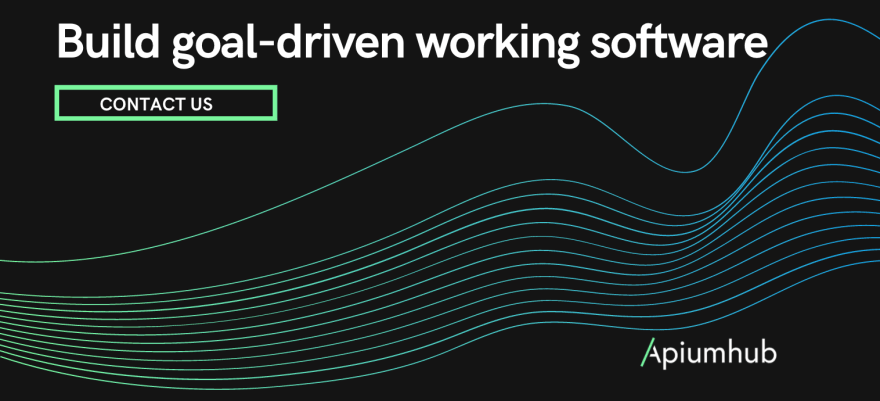Every day quintillion bytes of data are created, and this pace is accelerating at a daily rate. With so much information at our disposal, it is becoming increasingly important for organizations and enterprises to access and analyze the relevant data to predict outcomes and improve services. In order to access the data properly and extract the most out of it, it is essential to model your data correctly. Data modeling tools become critical here because they enable organizations to make data-driven decisions and meet varied business goals.
What is Data Modeling?
Data modeling is the process of visualizing and representing data for storage in a data warehouse. The modeling itself can include diagrams, symbols, or text to represent data and the way that it interrelates. Because of the structure that data modeling imposes upon data, the process of data modeling subsequently increases consistency in naming, rules, semantics, and security, while also improving data analytics. The goal is to illustrate the types of data used and stored within the system, the relationships among these data types, the ways the data can be grouped and organized and its formats and attributes.
Data models
- Conceptual Data Modeling This starts by looking at the main needs of the business and working out how the most important entities relate to one another. Think of this as the big picture of how you want your data to interact across the company.
- Logical Data Modeling A little more complicated than conceptual data modeling, this drills down to how each piece of the puzzle works within each specific business function. You’re starting to look at how the technical details of the model will support the aims of the business.
- Physical Data Modeling This is your actual blueprint for the data model design. By this stage, you’re laying out precisely how each database will be implanted and how the databases, applications, and features will interact in forensic detail.
Data Modeling Methods
- Hierarchical data models are organized hierarchically in tree-like structures.
- Relational data models are sorted into relations via tables.
- Network models organize data in a graph structure.
- Object models use the objects, classes, and inheritance to store the data. It is used for complex applications as well as in the file management system.
- Star schema models are star-shaped representations with the fact table at the center.
- Entity-Relationship Model is useful in developing a conceptual design for the database. This model is easy to design with an ER model constructed.
Key benefits of data modeling
- Data models allow developers to define rules that monitor data quality, which reduces the chance of errors.
- Ensures that all data objects required by the database are accurately represented.
- A data model helps design the database at the conceptual, physical and logical levels.
- It is also helpful to identify missing and redundant data.
- Data modeling makes it easier for developers, data architects, business analysts, and other stakeholders to view and understand relationships among the data in a database or data warehouse.
- Increase consistency in documentation and system design across the enterprise.
- Ease data mapping throughout the organization.
- Improve communication between developers and business intelligence teams.
- Data Model gives the clear picture of business requirements.
Key Data modeling tools
- erwin Data Modeler The world’s No. 1 data modeling software. It is an award-winning data modeling tool used to find, visualize, design, deploy and standardize high-quality enterprise data assets. Discover and document any data from anywhere for consistency, clarity and artifact reuse across large-scale data integration, master data management, metadata management, Big Data, business intelligence and analytics initiatives – all while supporting data governance and intelligence efforts.erwin data models reduce complexity, making it easier to design, deploy and understand data sources to meet business needs. erwin DM also automates and standardizes model design tasks, including complex queries, to improve business alignment, ensure data integrity and simplify integration.
- Moon Modeler Data modeling tool for MongoDB, PostgreSQL, MySQL, MariaDB, SQLite and GraphQL. With this tool you can dDraw ER diagrams, create ER diagram from existing databases or import GraphQL schema, share your pixel-perfect diagrams in high-quality printable PDF format and preview and save SQL scripts, JavaScript code or schema creation scripts.
- Toad Data Modeler Easy-to-use, multi-platform database modeling. With this tool you can visualize database structures and better understand existing databases and relationships. Create high-quality logical and physical data models. Reverse engineer existing database structures to view them in a diagram. Generate detailed HTML, RTF or PDF reports. Also, you can create quality database structures or make changes to existing models automatically, and provide documentation on multiple platforms. Build complex logical and physical entity relationship models, and easily reverse and forward engineer databases. Moreover, you can connect multiple databases natively and simultaneously, including Oracle, SAP, MySQL, SQL Server, PostgreSQL, DB2, Ingres, and Microsoft Access. Synchronize models with existing databases using Change Script Generations and Update Model features. Easily convert data structures from one database platform to another to support business migration initiatives.
- Vertabelo Vertabelo allows you to transform your browser into fully professional database modeler. Design at any level you want. Logical, physical, it’s all there. Generate DDL and migration scripts for the most popular DBMS. Also, it’s like Google Docs for database modeling. Create, share, access your database models anytime, anywhere. It is compatible with the most popular databases.
I hope you found this article interesting! If you need any help with data modeling, let us know! We are experts in this field!







Top comments (0)